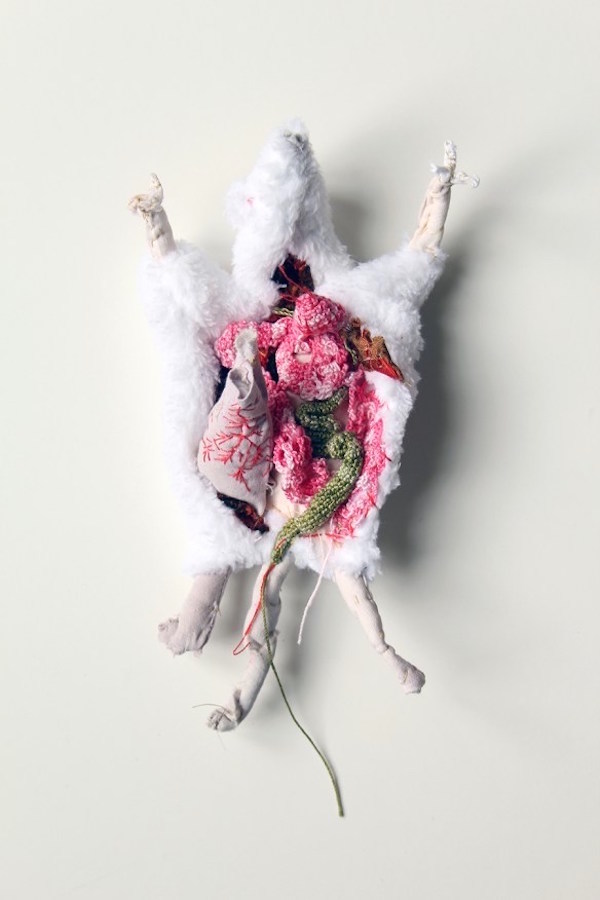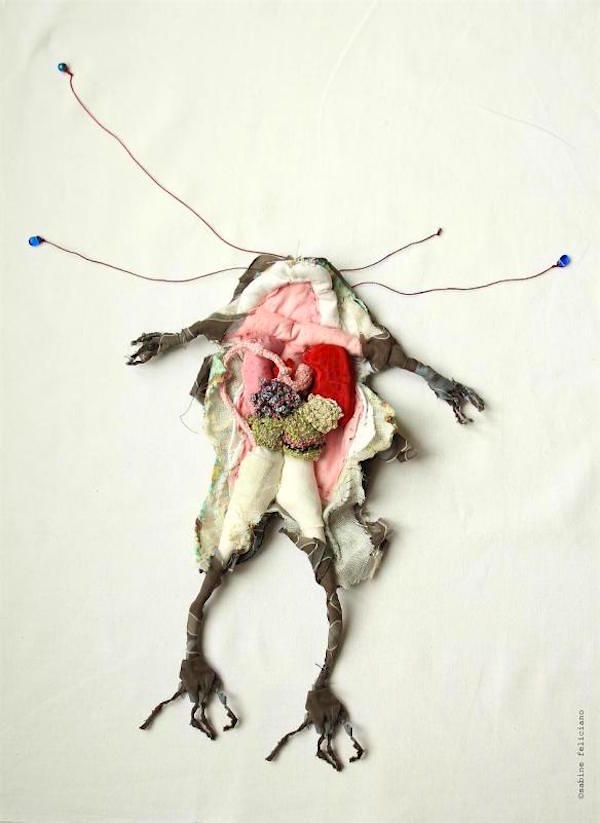
‘I, the Jury’ (1947).
Mickey Spillane said he was a writer, not an author. “Authors want their name down in history; I want to keep the smoke coming out of the chimney.” During his lifetime, Spillane sold over 200 million books, most featuring his hard-nosed, two-fisted hero Mike Hammer. These books were loved by the public but loathed by the critics. Spillane didn’t care. He wrote for himself and he knew there were plenty of people who wanted to read his stories.
Spillane was at his peak in the 1950s when he would often have six books in the top ten best-seller list. At a party, Spillane met an East-coast critic who decried the writer for polluting the list. Without missing a beat, Spillane replied, “You’re lucky I didn’t write another four.”
Mike Hammer was originally intended as a comic strip hero called Mike Danger. Spillane had written stories for comic books like Captain America, Batman, and Superman before, working alongside a young Stan Lee, who could work on three different stories on three different typewriters all at the same time.
Spillane was also fast. He wrote his first Mike Hammer novel I, the Jury in nineteen days. He wanted the money to buy a house. I, the Jury set the sex and violence template for the rest of the Hammer series which usually featured a dame in trouble and bad men doing bad things. A total of fourteen Mike Hammer books were published during Spillane’s life. Mike Hammer is a brutal, violent hero who lives by his own austere moral code exacting bloody vengeance on those he thinks deserve it. First, it was killers and G-men, then after the dawn of the “Red Scare,” it was the commies. In his third book, One Lonely Night, Hammer ends up killing around forty reds with a machine-gun. It was originally nearer eighty, but the publishers thought that was a bit too much. Throughout his adventures, Hammer was ably supported by his girlfriend Velma. Critics denounced Mike Hammer as “a sadist” and “a homicidal paranoiac.” Spillane said he didn’t give a hoot for what the critics thought, the only thing he cared about was the royalty check. His writing brought strange fans like Ayn Rand, though he didn’t agree with her politics, and some famous detractors like Ernest Hemingway, who famously denounced Spillane in print. Spillane was nonplussed. He quipped “Hemingway, who?” when asked about the Nobel prize winner’s comments on TV.
And then there were all the movies made from his books, most notably Robert Aldrich’s version of Kiss Me Deadly in 1953, which Spillane wasn’t too keen on—he’d rather people read his book. However, Spillane himself played Hammer in an film adaptation of The Girl Hunters in 1963.
Times changed, Mike Hammer and Mickey Spillane fell out of fashion—though Spillane’s star never really dimmed in Europe. It was as if the words spoken by Hammer in One Lonely Night had come true for Spillane:
Isn’t that the way life is? You fight and struggle to get something and suddenly you’re there at the end and there’s nothing left to fight for any longer.
This year marks the centenary of Spillane’s birth and although he wrote many other equally good novels, including two different series (Tiger Mann and Morgan the Raider), and a whole slate of new Spillanes (finished by friend and writer Max Allan Collins) are due for release this year, it will always be for his tough guy Mike Hammer that Mickey Spillane will always be remembered.
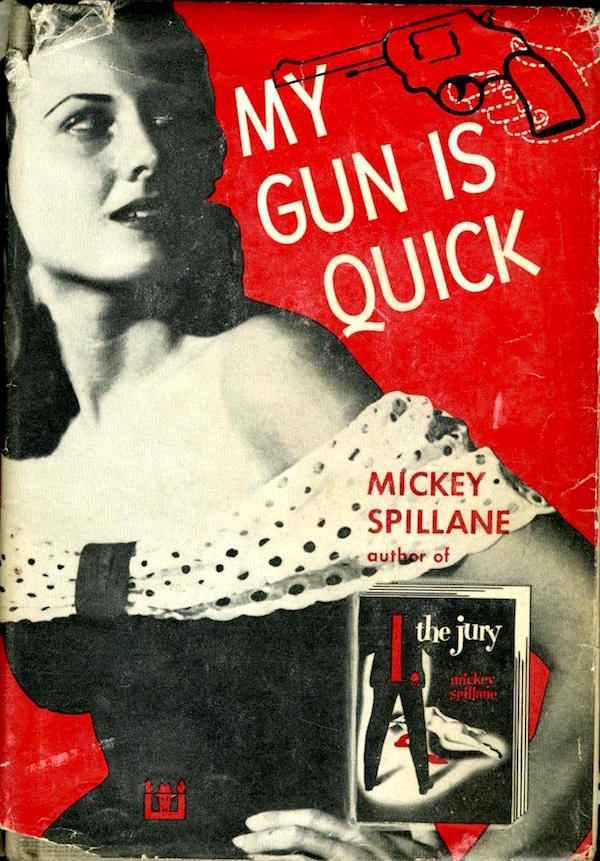
‘My Gun is Quick’ (1950).
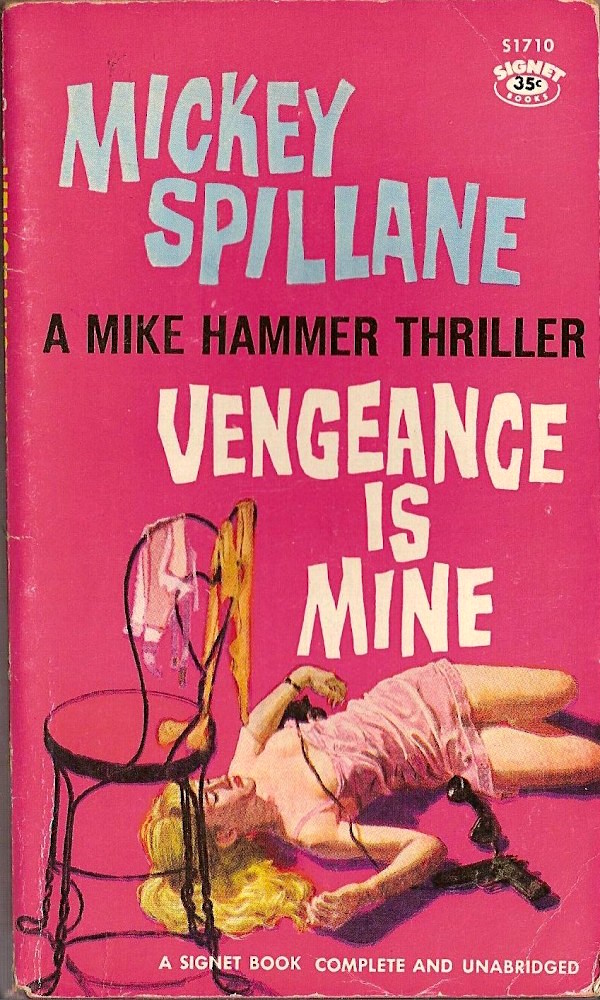
‘Vengeance is Mine’ (1950).
More Spillane covers, after the jump…













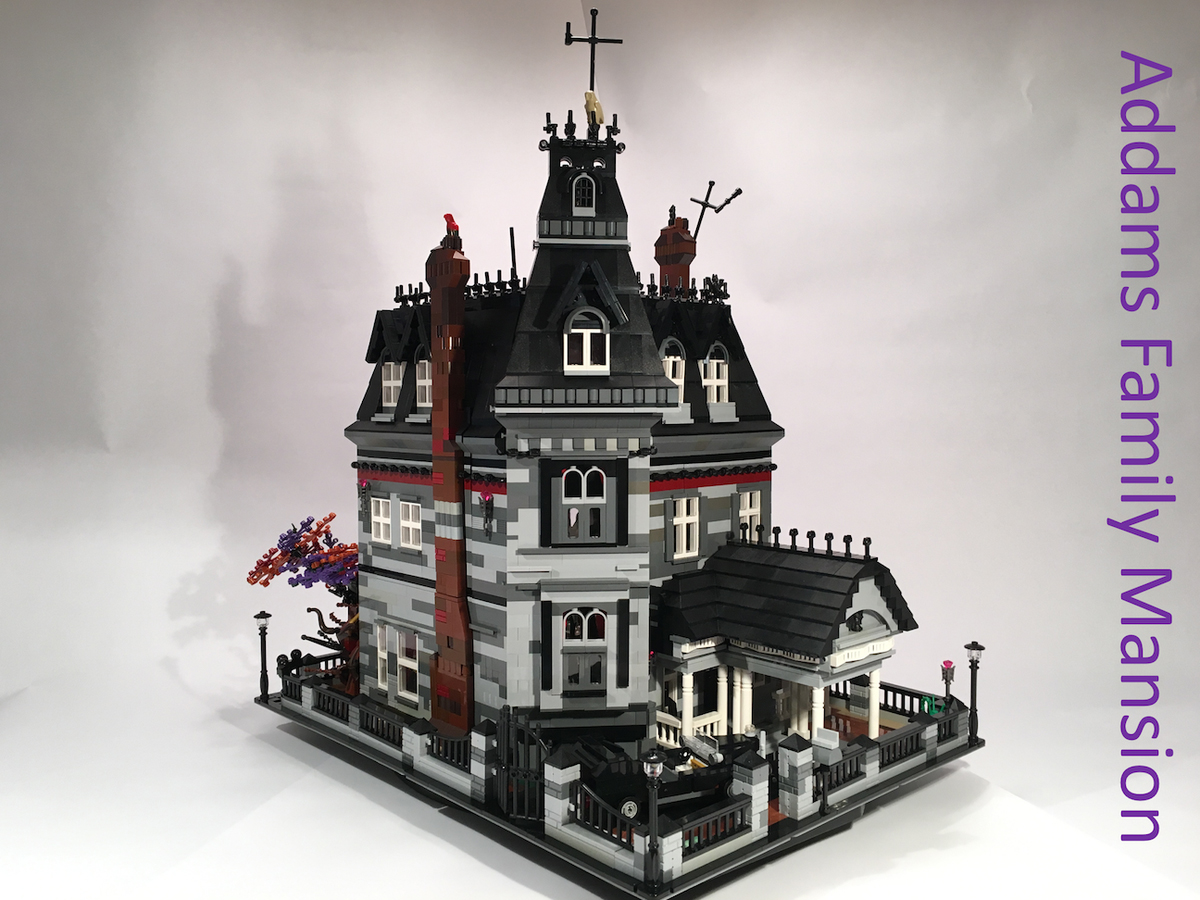
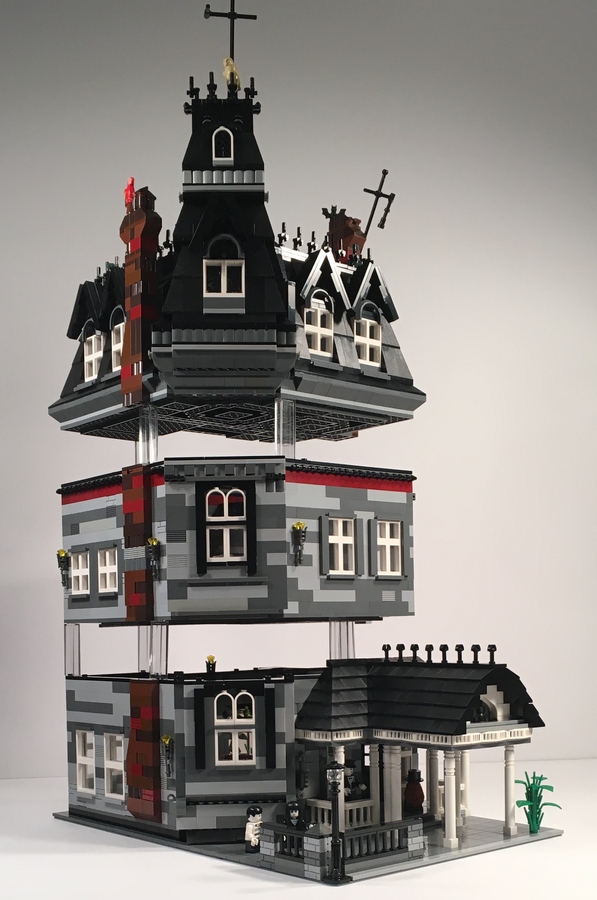

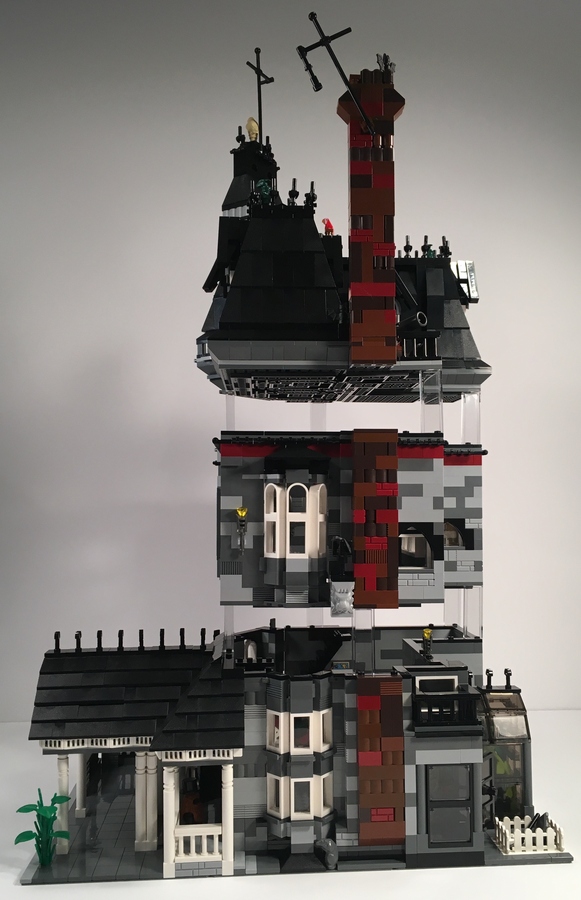

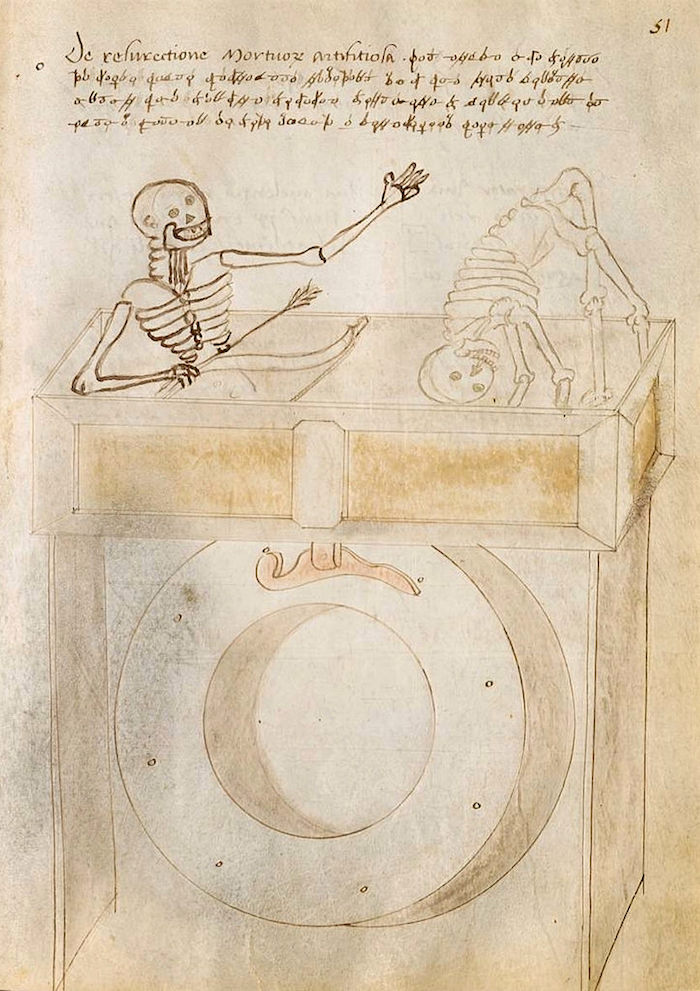



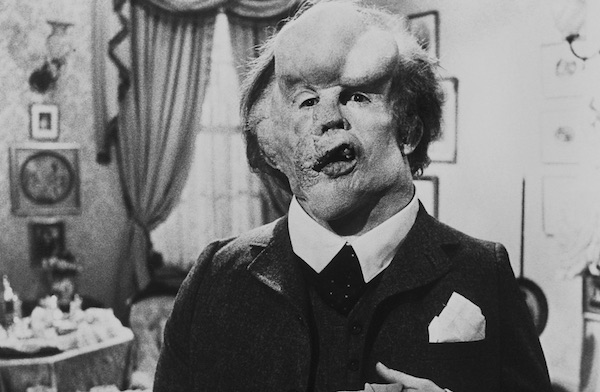











 This is apparently a key detail.
This is apparently a key detail.




